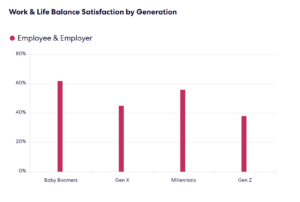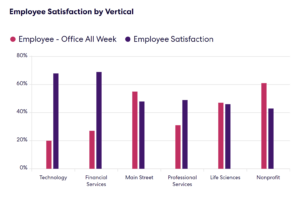Nonprofit organizations play a vital yet often underappreciated role in shaping local economies. These mission-driven entities contribute to our economic health and community well being in numerous ways, extending far beyond their primary charitable goals.

Non-profits serve as significant employers, providing jobs across various skill levels and sectors and often offer employment opportunities to individuals who might face barriers in the traditional job market, thereby promoting economic inclusion.
Additionally, these organizations frequently invest in employee training and development, enhancing the overall skill base of our local workforce.
The economic impact of non-profits also stems from their role as consumers of goods and services. By purchasing supplies, renting office space, and contracting local vendors, they inject money directly into our local economy. This spending creates a ripple effect, supporting other businesses and contributing to economic growth.
So, some might interpret the above as stating that non profits really aren’t much different than for profit organizations and although a fair assessment, the true differential is how each defines success. Additionally, understanding these different definitions is a fundamental first step to understanding their operational approaches and management strategies.
For profit organizations predominantly measure success through financial performance. Their primary goal is to generate profit and increase shareholder value. This focus on monetary outcomes means that success is often quantified through metrics like profitability and performance against an annual budget. These tangible, numerical indicators provide a clear and relatively straightforward way to assess performance and drive decision making at all levels, from strategic planning to daily operations.
In contrast, nonprofit organizations define success more broadly and often more abstractly.
Their primary aim is to fulfill a specific mission or cause. While financial health is important for sustainability, it’s not the end goal. Instead, non-profits measure success by their impact on their mission, vision and strategic objectives. This can include factors such as the number of people helped, the extent of positive change created, or the progress made towards a specific goal like driving awareness of local business which ultimately provides benefit to a community. Measuring non-profit success is often more qualitative and can be challenging to quantify precisely without a clear strategic plan.
The difference in success definitions leads to distinct management approaches. For profit managers typically focus on strategies to boost financial performance and market position. They make decisions with an eye towards maximizing profits and shareholder returns.
Non-profit leaders, however, must balance mission fulfillment with financial viability. They often grapple with how to allocate limited resources to achieve the greatest impact while ensuring the organization’s long term sustainability. This can lead to more complex decision making processes as they weigh various stakeholder interests and attempt to measure less tangible and measurable forms of success.
Leading a non-profit organization can be deeply satisfying primarily stemming from the meaningful impact and positive change that nonprofit work often entails.
At the core of nonprofit leadership satisfaction is the ability to directly contribute to a mission that addresses important community based needs. Unlike for profit businesses that primarily focus on financial gain, nonprofits allow leaders to channel their skills and efforts towards making a measurable difference in a wide variety of areas and issues that impact our community.
Alec Burnett, President/CEO, Fauquier Chamber of Commerce


